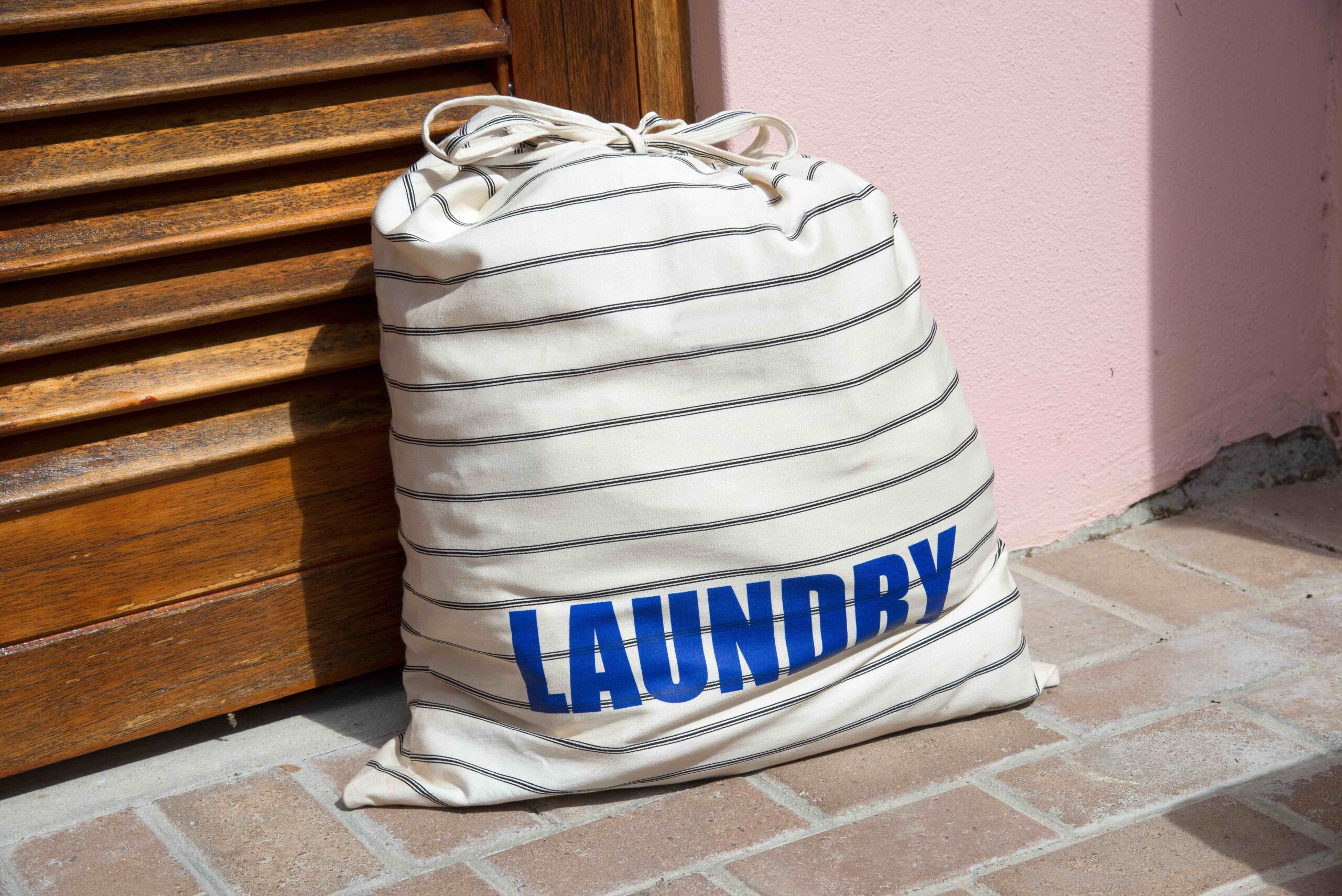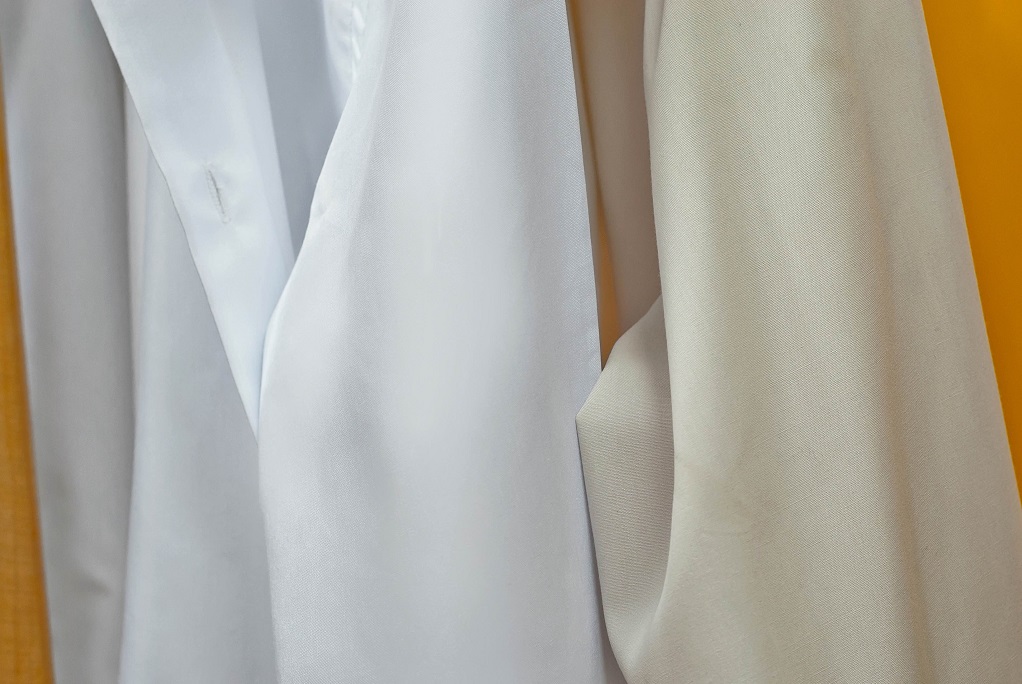White clothes staining in the wash is a frustrating and all-too-common problem. Whether it’s a cherished white shirt now tinged with pink or a mysterious gray mark appearing on your favorite white dress, these stains can ruin the appearance of otherwise beautiful garments. This blog post aims to demystify the reasons behind this problem, delving into the common causes and offering actionable solutions.
Understanding why white clothes stain in the wash requires a multifaceted approach, considering everything from the type of detergent used to the water quality in your home. This comprehensive analysis will provide you with insights, prevention techniques, and remedies to keep your white clothes looking their best.
Whether you’re dealing with a recurring issue or a one-time mishap, this guide will equip you with the knowledge to tackle white clothes staining effectively. Join us as we explore the science behind the stains and share proven methods to help you maintain the purity and brightness of your white garments.
Common Causes of Staining
Stains on white clothes can result from a variety of factors, starting with color bleeding from mixed loads. Washing whites with colored fabrics, especially red or dark-colored items, can lead to dye transfer. Even seemingly benign shades can affect whites over time, gradually dulling their brightness.
Water quality can also contribute to white clothes staining in the wash. Iron and mineral deposits in your water may create rusty or dingy discolorations on fabrics. Additionally, detergent or fabric softener buildup can lead to unsightly residue that mars the appearance of white garments. Understanding your water quality and choosing the right detergents can mitigate these issues.
Other potential culprits include rust from the washing machine itself, which can leave reddish-brown marks on clothing, or the presence of specific chemicals or contaminants in your laundry products. By being mindful of what you’re putting into your washing machine and regularly maintaining it, you can prevent these common causes of staining on white clothes.
How to Identify the Type of Stain
Successfully treating stains on white clothes requires proper identification of the stain type. Color bleeding stains typically have a hue that corresponds to a recently washed colored garment, while rust stains present as reddish-brown spots. Identifying these visual clues can guide your treatment approach.
Utilizing a magnifying glass or even the flashlight on your smartphone can help you closely examine the stain. Analyzing the shape, size, color, and location of the stain, in conjunction with the washing circumstances, can provide valuable insights into its origin. Knowing whether it’s a dye transfer, residue from detergents, or something else will significantly impact the effectiveness of your stain removal strategy.
Remember, guessing the stain type can lead to ineffective or even counterproductive treatments. Investing time in accurate identification is essential, as different stains require different solutions. When in doubt, consulting online resources or seeking professional advice can ensure that you’re on the right track to restoring your white garments to their original glory.
Preventive Measures to Avoid Staining
Preventing stains on white clothes starts with proper sorting techniques. Separating whites from colored garments, especially those with strong dyes, can eliminate the risk of color bleeding. Washing whites in dedicated cycles with bleach alternatives designed for whites can preserve their brightness and prevent discoloration.
Choosing the right detergents and softeners for your water type is also essential. If you live in an area with hard water, specialized detergents can help counteract the minerals that may stain white clothes. Regular machine maintenance and cleaning to remove rust and detergent buildup are also vital in keeping whites pristine.
Other preventive measures include using cooler wash temperatures, which can reduce the risk of setting certain stains, and avoiding overloading the washing machine. Providing space for clothes to move freely helps detergents to distribute evenly, reducing the risk of staining. Following these simple preventive measures can significantly reduce the chance of your white clothes getting stained in the wash.
Effective Solutions for Removing Stains
If preventive measures fail and your white clothes are stained, fear not! Various solutions exist to treat different types of stains. For color bleeding, a color-run remover or soaking the garment in oxygen bleach can work wonders. For rust stains, specialized rust removers or lemon juice and salt can be effective.
Natural remedies like baking soda, vinegar, and even sunlight can be powerful allies in stain removal. Creating a paste of baking soda and water, applying it to the stain, and letting it sit before washing can remove many common stains. Likewise, soaking stained garments in a vinegar solution followed by sun drying can brighten whites significantly.
Commercial stain removers are also available and designed to target specific stain types. Always follow the instructions on these products and test them on a small, inconspicuous area first. Whether using household remedies or store-bought solutions, patience, and persistence are often key to successful stain removal.
Tips for Maintaining White Clothes
Maintaining the brightness of white clothes goes beyond just stain prevention and removal. Regular care practices like using detergents designed for whites, adding a bluing agent to the wash, or even adding a slice of lemon to the rinse cycle can enhance whiteness over time. These techniques work by counteracting yellowing and enhancing the optical perception of whiteness.
Storage also plays a role in maintaining white clothes. Keeping whites in a cool, dry place away from direct sunlight can prevent yellowing. Using padded hangers for white garments can also preserve their shape and appearance. Taking care of your white clothes doesn’t have to be burdensome; incorporating these tips into your regular laundry routine can make a significant difference.
Finally, knowing when to retire a white garment is essential. Continual treatment and washing can wear down fibers and affect appearance. If a favorite white item becomes irreparably stained or worn, it might be time to replace it. Keeping a mindful eye on the condition of your white clothes and investing in quality replacements when necessary will ensure a consistently fresh and bright wardrobe.
The challenge of keeping white clothes stain-free in the wash is one that many people face. Whether it’s color bleeding, rust stains, or detergent residue, understanding the underlying causes is the first step towards prevention and treatment. This comprehensive guide has provided insights into common sources of staining and offered practical solutions to address them.
By taking preventive measures such as proper sorting, using suitable detergents, and maintaining your washing machine, you can minimize the risk of stains on your white garments. Additionally, knowing how to identify and treat specific stains, coupled with regular care practices, will ensure that your white clothes remain fresh, bright, and appealing.
We encourage you to take a proactive approach to your laundry routine, incorporating these tips and techniques to preserve the beauty of your white clothes. Whether it’s utilizing natural remedies or investing in specialized products, the knowledge and tools are now at your fingertips to conquer the world of white garment care.
Additional Resources
If you’re looking to delve deeper into the world of laundry care, there are plenty of additional resources available to support you. From detailed guides on stain removal to reviews of the best products for white clothes, these resources can provide specialized knowledge tailored to your needs. Below, you’ll find links to related blog posts, downloadable guides, and other valuable information.
Don’t hesitate to reach out to professionals if you encounter a particularly stubborn stain or unique laundry challenge. Many local dry cleaners and laundry experts offer consultations and services to restore treasured white garments to their original glory. Leveraging professional expertise can sometimes be the best option for preserving valuable or delicate items.
Lastly, consider joining online forums or community groups focused on laundry care. Sharing experiences, tips, and tricks with others who share your interest can be both informative and enjoyable. Whether you’re a laundry novice or a seasoned expert, there’s always something new to learn in the dynamic world of garment care. Explore, experiment, and embrace the joy of keeping your white clothes looking their best!






